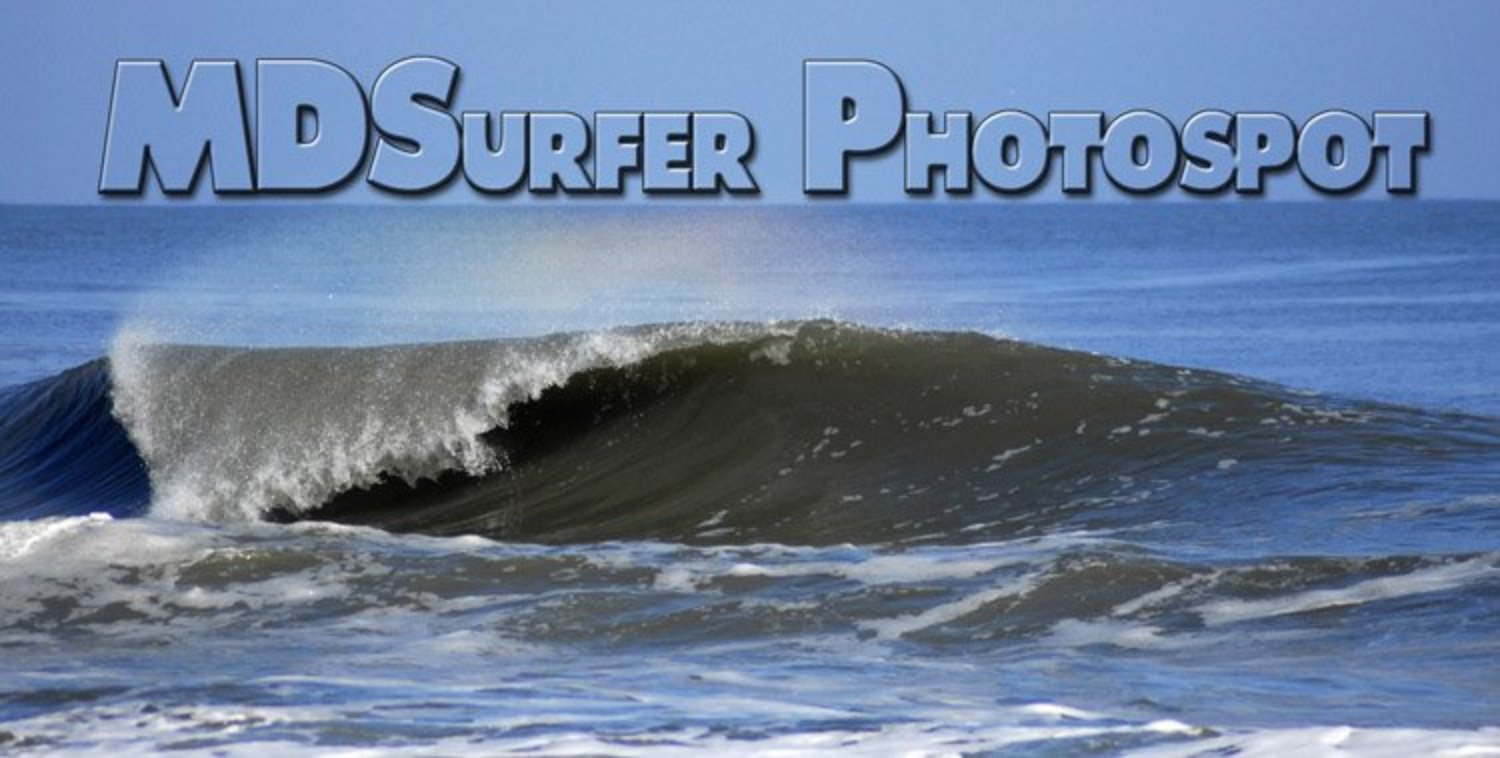Saturday, May 16, 2009
Photography Forum 2009
Early Mornings are always best mainly because most people don't get up early enough to spoil that special time of day. For that reason you'll see far more sunset photographs than you will sunrise photographs. I make it a regular habit to check the Weather Channel "local on the eights" just to confirm the sunrise and sunset times. While it's sometimes a moribund way of watching the seasons go by, it's an excellent way to keep the pulse of nature in its ebb and flow. Much like tides in the Ocean. If you happen to have some quality sunrise photos, why not share them here?
Sunrise Photo Tip #1 (i.e. what works for me):
1) When framing up your image in a landscape, don't just use the vertical and horizontal rule of thirds in your composition. Try to compose in depth as well, that is to say, include some foreground element and a middle ground element to effectively frame your background element. It's a sort of 3D rule of thirds application that will add lots of depth to your otherwise flat sunrise.
Sunrise Photo Tip #2:
2) Bracket your exposures (one stop over and one stop under what your camera tells you) so you have lighting options to chose from. Oftentimes cameras see the bright light source of the sun and subsequently overcompensate with exposure making for a very dimly lit image. Your goal should be to have a full range of tones from pure black, to pure white and a variety of detailed tones in between without blocking up, or washing out the image too much. You might also want to burn the actual sun part of the image just a tad using the Photoshop "Burn" feature tool.
Tell me what works best for you.
"Two roads diverged in a wood, and I. . ." R. Frost

LEADING LINES- The LOW Impact way to walk your cares away!!
The latest and greatest addition to the Growing Berlin Green campaign is a joint project with the Maryland Department of the Environment who provided $248,733 (hardly a low financial impact) funding to prove that scrap automotive tires can be very useful in encouraging our health, and our environment in one fell swoop. To build this long wending path that wanders casually through Berlin's Stephen Decatur Park along Rt. 113, the builders recycled 2,944 scrap tires by using a special bonding agent which makes for a super resilient, super low impact walking surface that blends seamlessly into the landscape with virtually no environmental impact. So what's that got to do with Photography? A walking path just lies there and does nothing unless you're walking on it, so how can you make it look more interesting?
LEADING LINES-
Leading Lines are one way to enhance any photograph. It's a lot like shooting landscapes where you try to compose your image in depth as well as horizontally and vertically. If you can incorporate some element in the frame (in this case the winding pathway itself) you can literally lead your viewers into the scene with that leading line. While it's not really immediately obvious to the casual viewer, that's exactly what the designer of the path's route had in mind when he created the plan for the walkway. He wanted it to be inviting, and a winding pathway is ALWAYS infinitely more inviting than a straight one. Notice the graceful "S" curve of the walkway that leads you into the distance. Pretty cool, huh?
Let's see some of your images that utilize Leading Lines.
If you want to read more about this walkway project, follow this link Maryland Environmental Science- Berlin Walking Path
Subscribe to:
Posts (Atom)




